The Gauls were Celtic people who lived in much of Europe from the 5th century BC. They were described by Greek and Roman historians as tall, muscular, fair-skinned, with long blonde, or reddish hair. Some men were clean-shaven while others grew mustaches.
The Gauls were made up of many tribes that, on occasion, would unite their forces for military operations. They reached their greatest power by the third century BC, but by 125 BC the Romans had conquered much of the Gallic territory bordering Italy. In 58 BC, Julius Caesar began to conquer the Gallic tribes of what is now much of Belgium and France.
In 52 BC, Vercingetorix, a noble leader of the Arverni tribe, took command of the most significant Gallic rebellion against Rome.
In July, 52 BC, Caesar defeated the Gauls at Vin-geanne, causing Vercingetorix to lead his retreating army to Alesia, a fortified settlement on the crest of a hill. Laying siege to the town, the Romans built elaborate defensive works, laid out in two somewhat parallel lines encircling the hill, to defend against attacks from Alesia, within the circle, as well as attacks from outside the siege lines.
A large relief force of Gauls arrived, estimated to be in the hundreds of thousands, and attacked the Roman outer works while Vercingetorix and his men attacked the inner works.
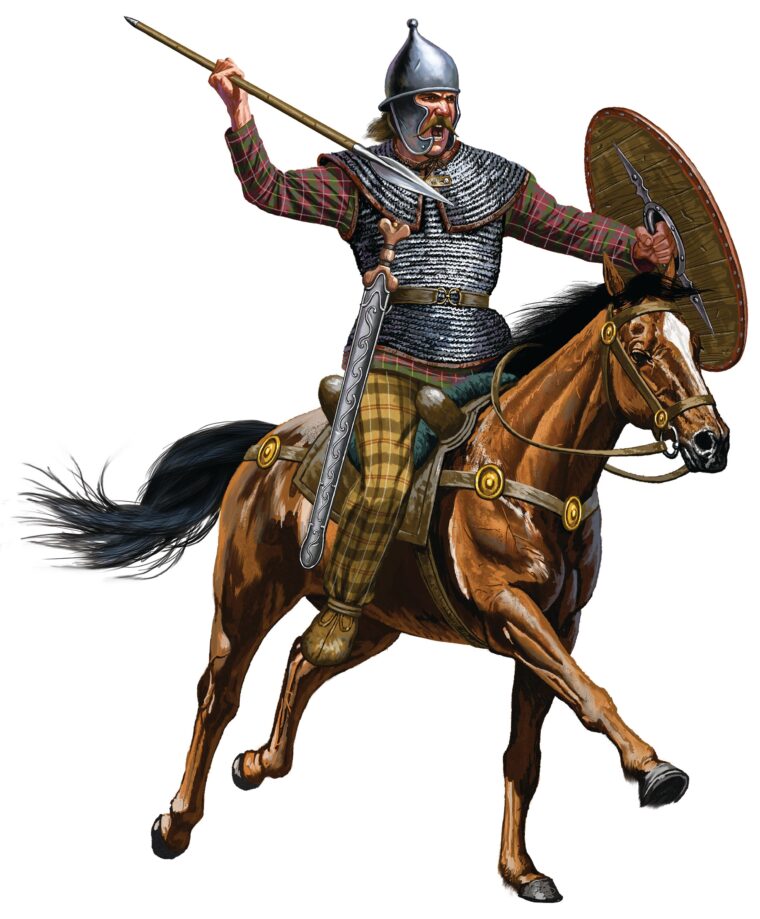
However, after repeated attacks the Gauls realized they could not dislodge the Romans from their works and the relieving Gauls soon retreated. Vercingetorix agreed to surrender, and was imprisoned in Rome for five years before he was finally executed. Caesar’s victory at Alesia effectively established Rome’s dominance of Gaul.
Headgear: Made of iron, a “Montefortino helmet,” so named after the region in Italy where the first example was discovered.
Weapons: Wooden spear with iron tip, based on examples found at Alesia. Leather belt secures iron sword with decorative scabbard in the style of the late La Téne (Gallic iron age) period.
Armor & Clothing: Chain mail corselet edged with leather over a plaid woolen smock, plus plaid woolen trousers and leather ankle boots.
Saddle: Four large pommels help rider stay mounted in combat. Stirrups were generally unknown until after the Roman age.
Shield: Usually oval, sometimes round. Made of wood, often covered in leather or metal, with a protruding metal boss—a cup to protect the hand holding the grip.
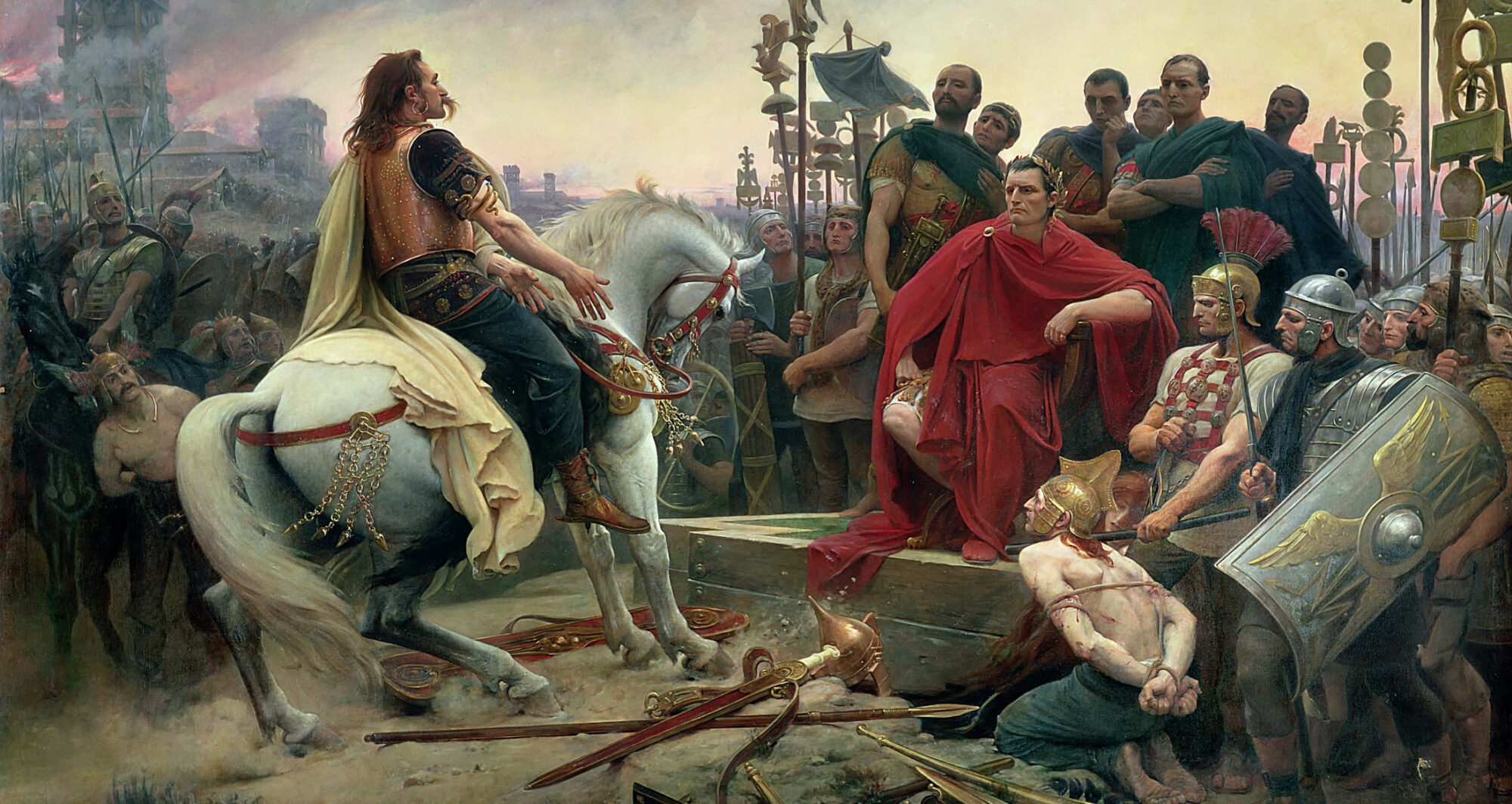
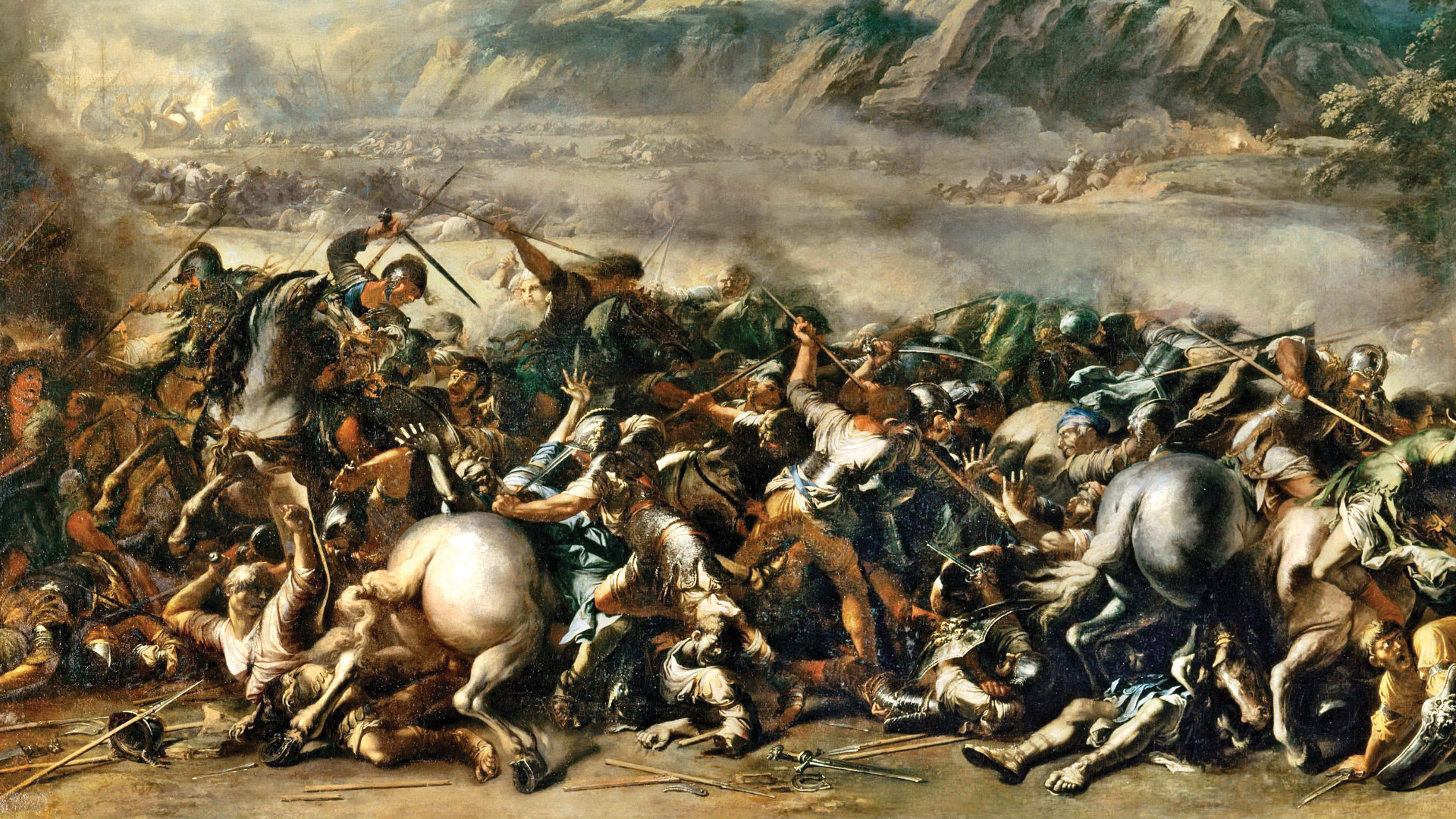
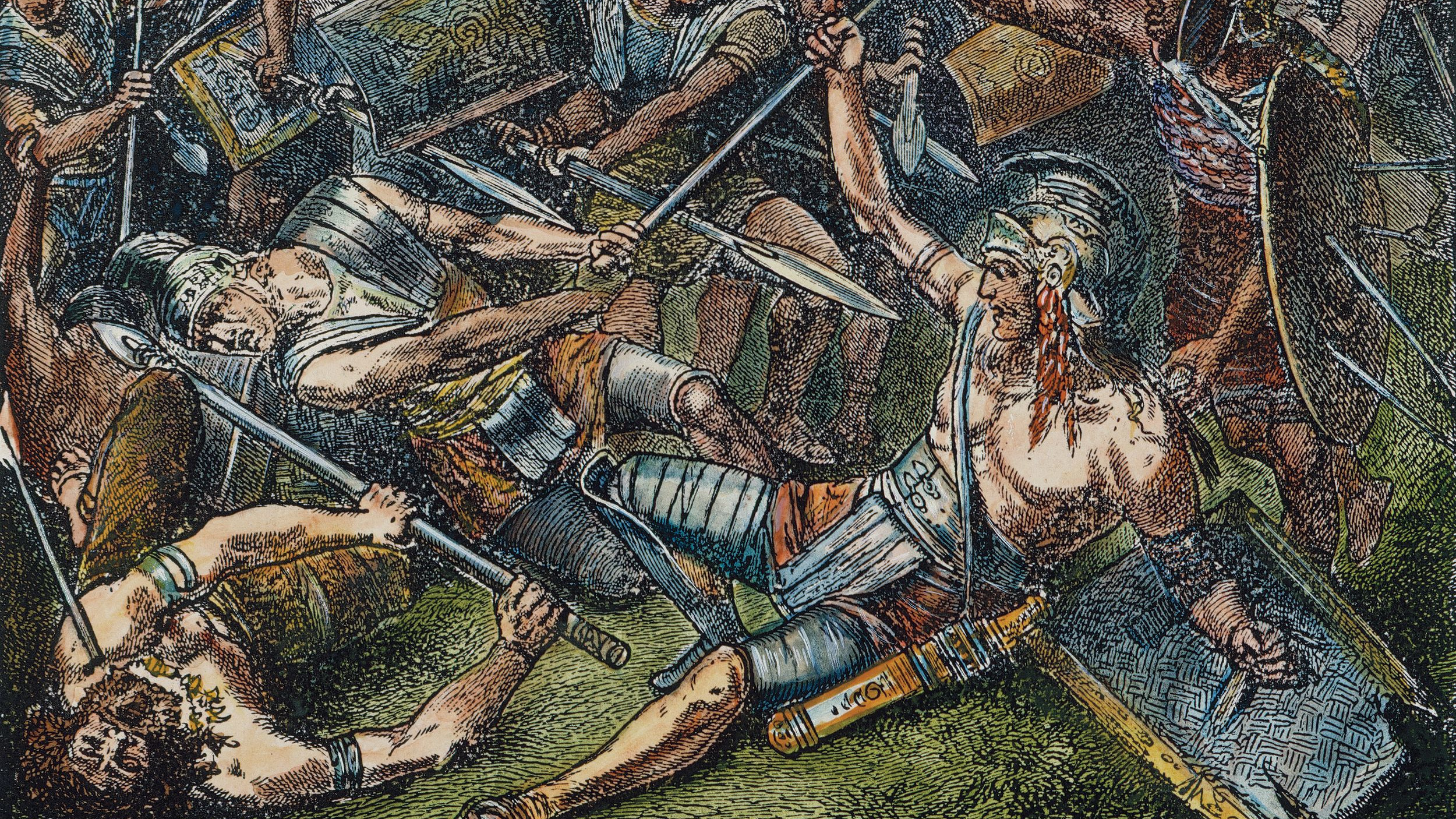
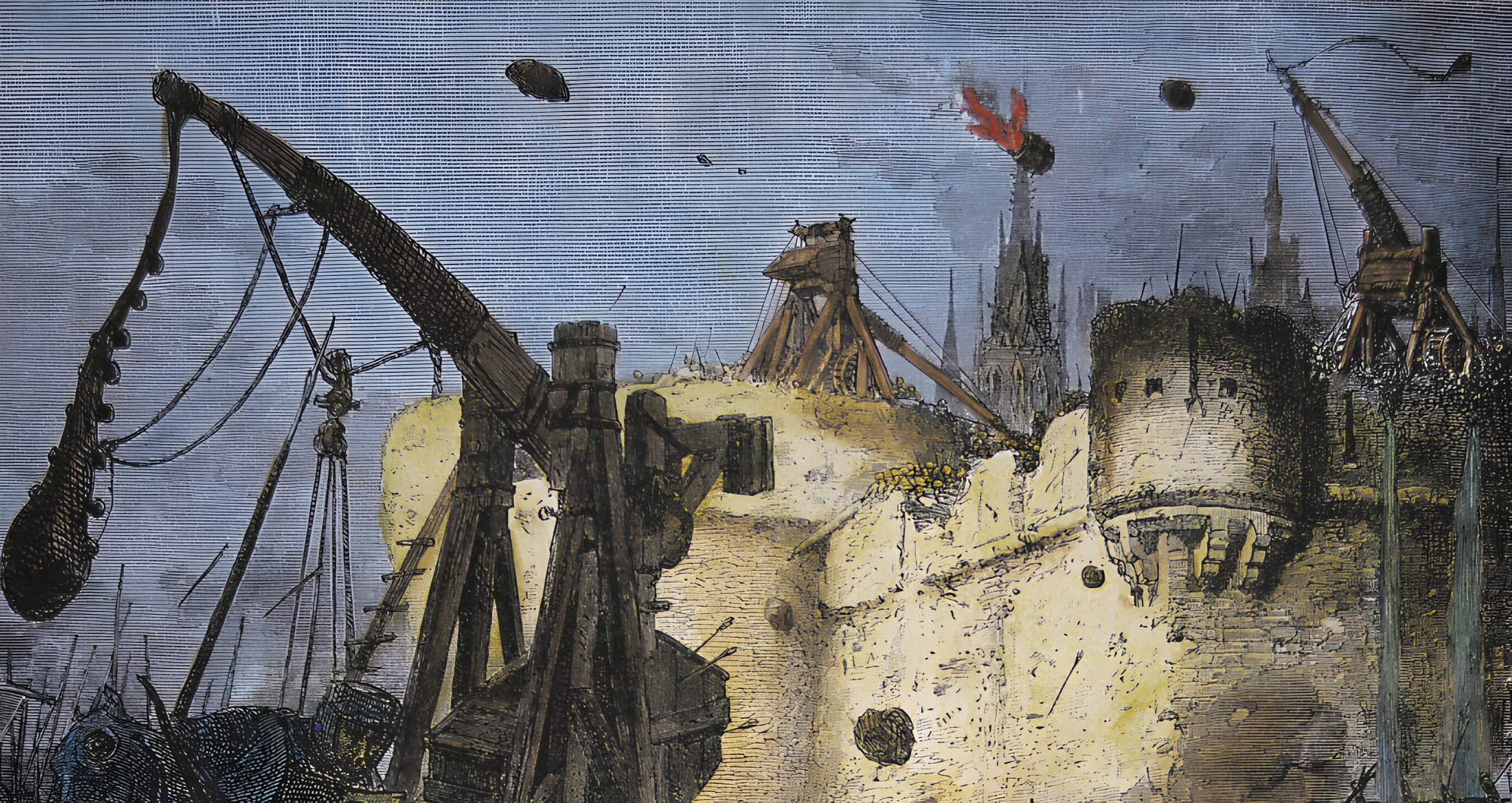
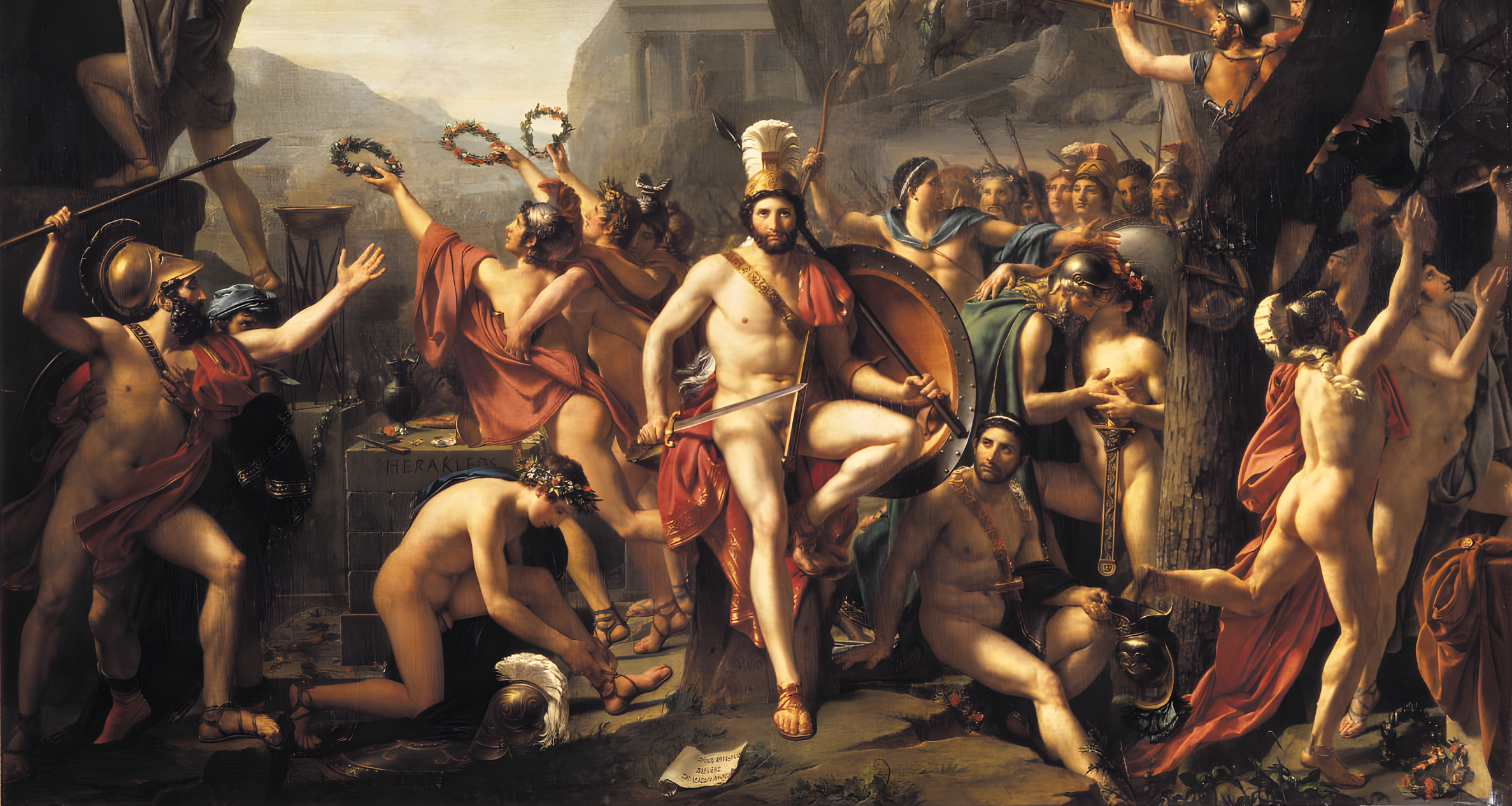
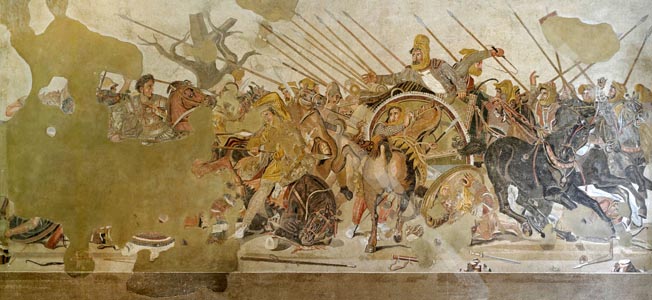
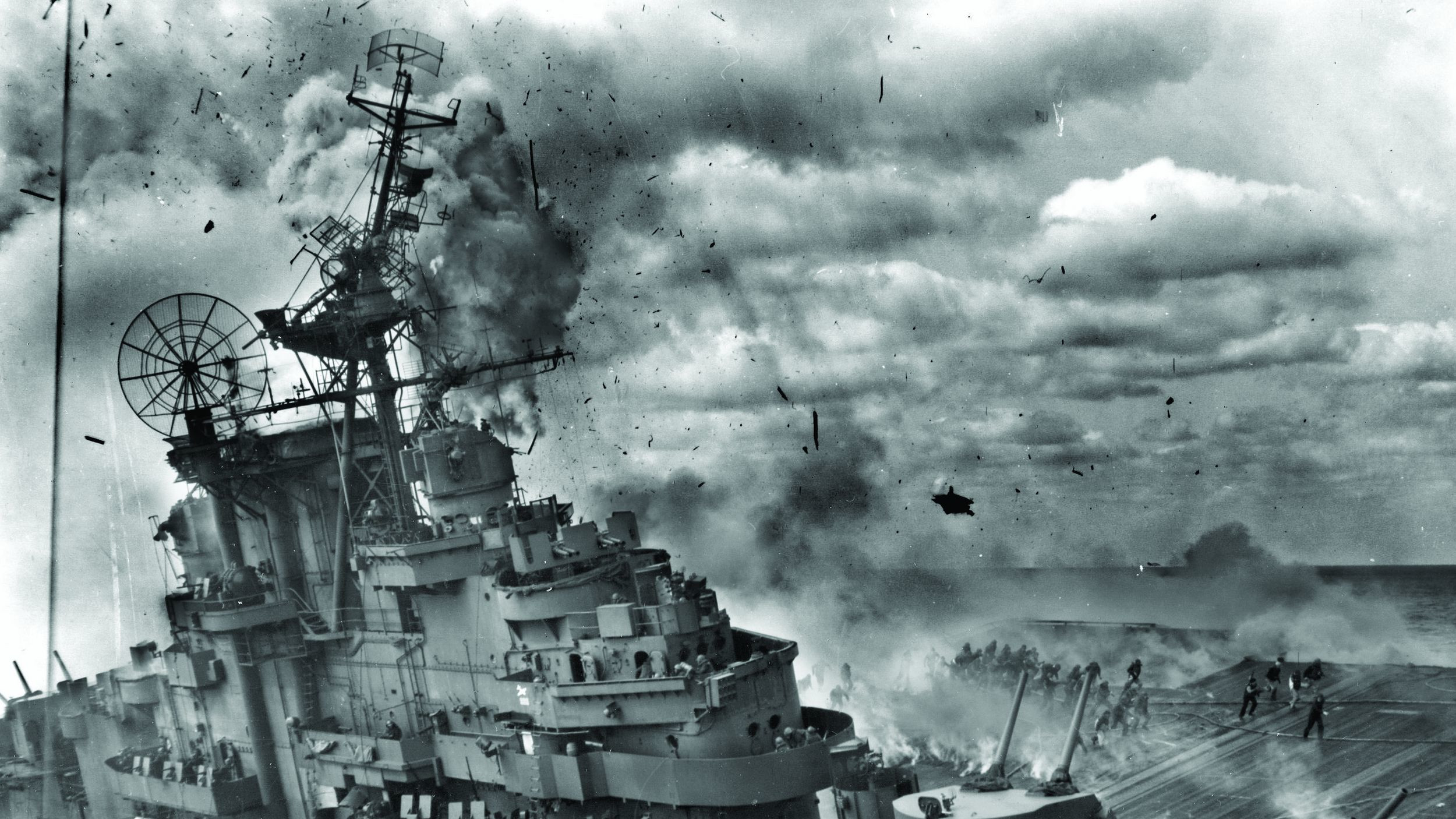
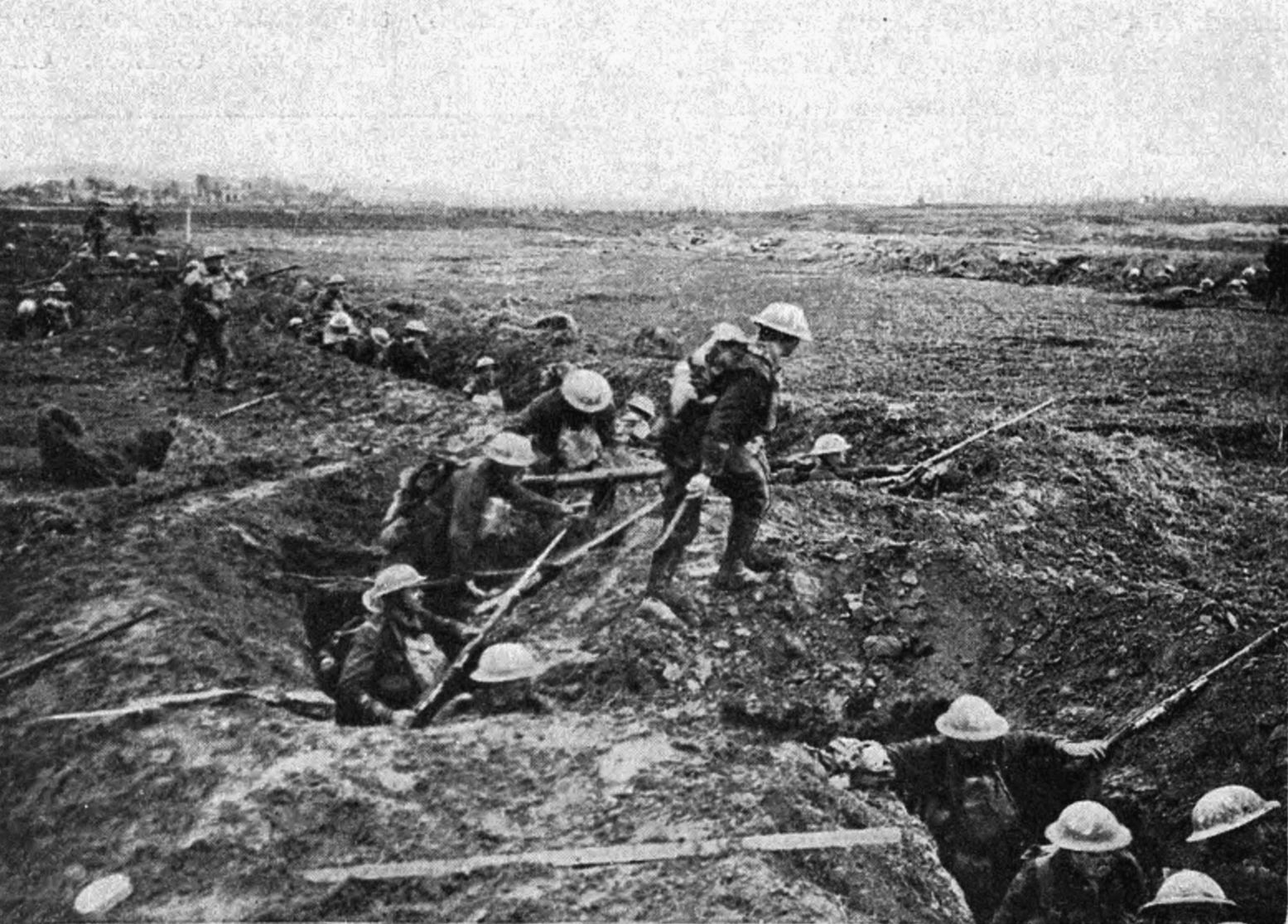
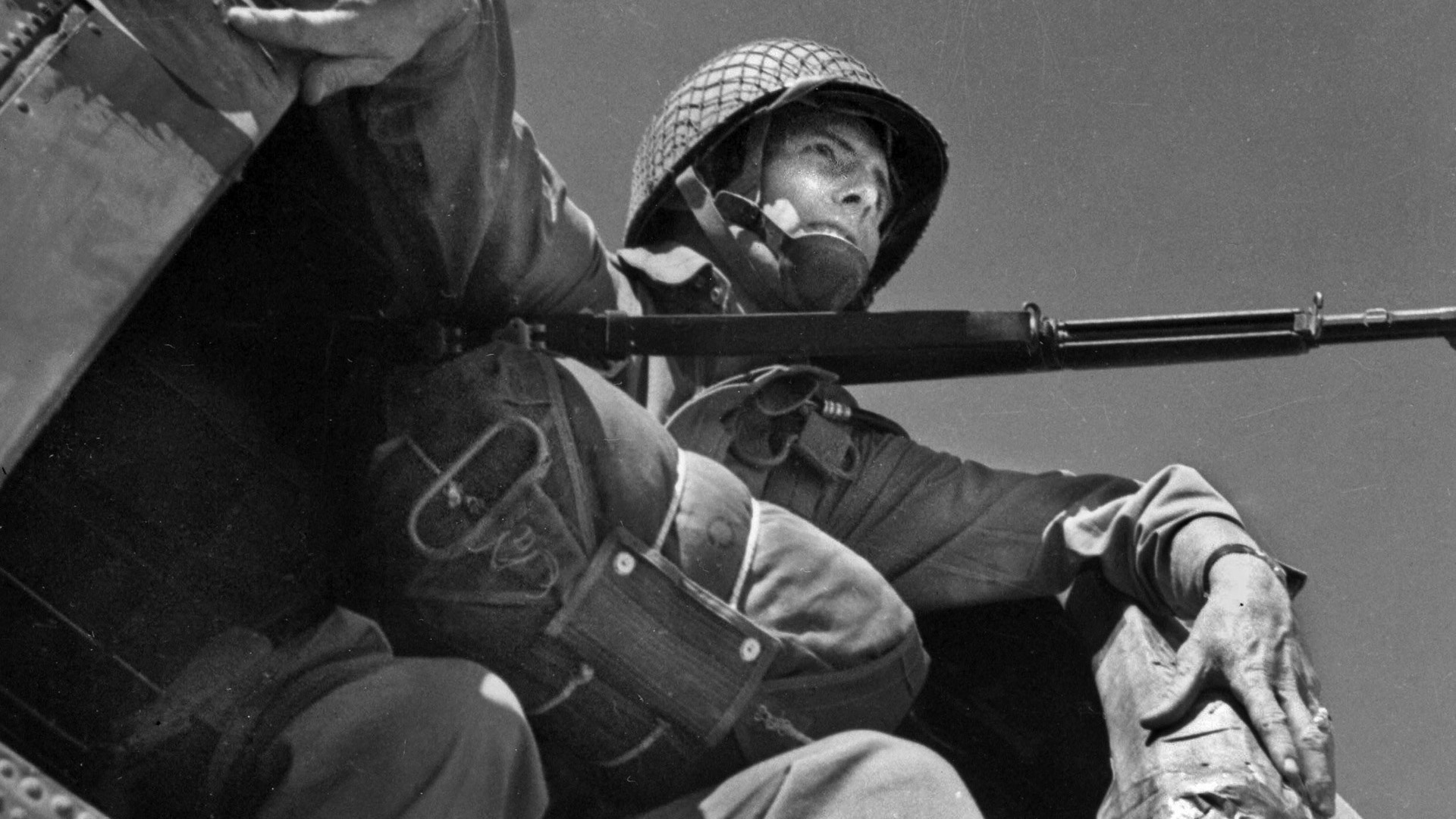
Join The Conversation
Comments
View All Comments